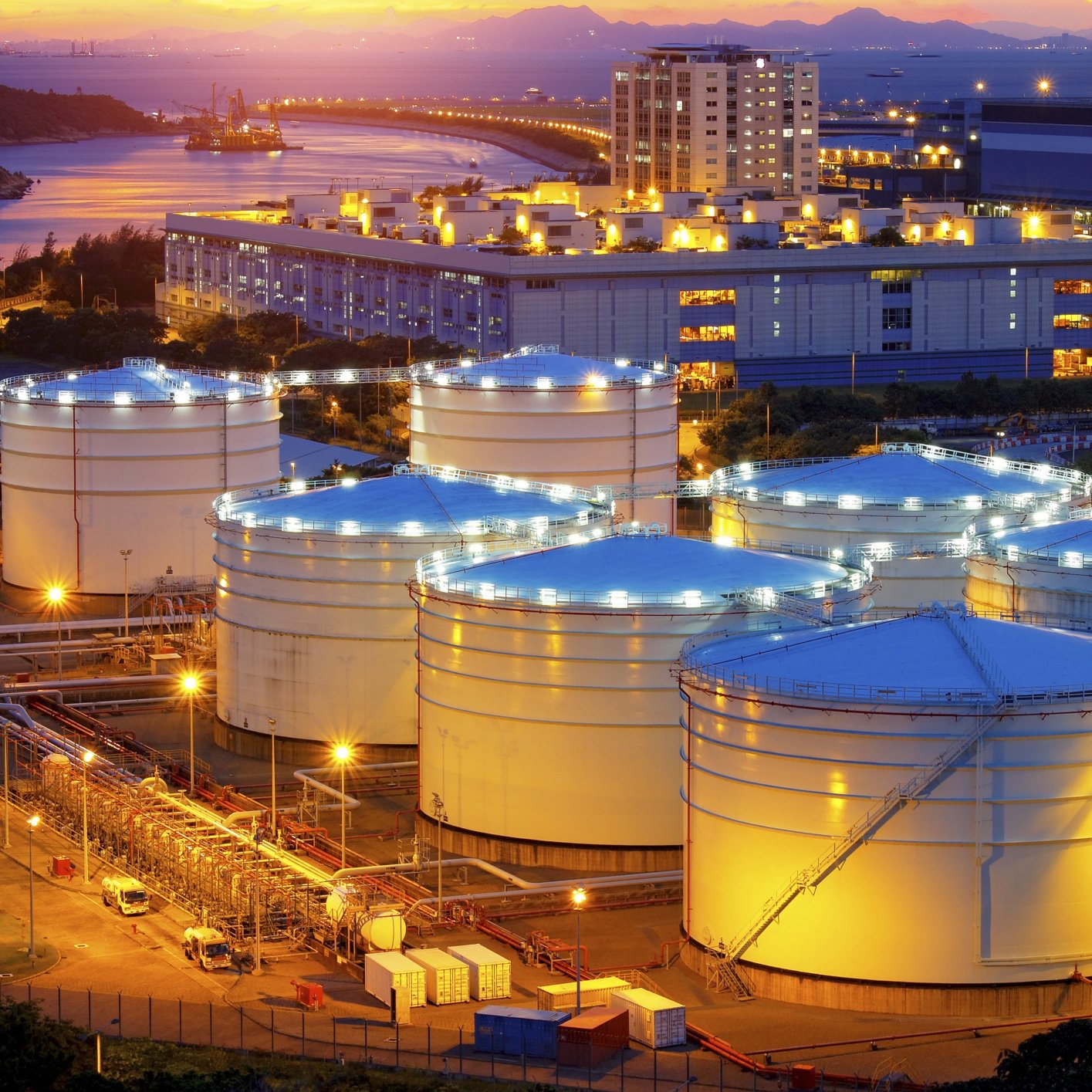Energy
EIA Outlook: Crude Prices Up, Gasoline Prices Down

Published:
Last Updated:

The U.S. Energy Information Administration (EIA) on Tuesday released the latest update to its Short-Term Energy Outlook (STEO). The agency lowered its average summer driving season price for a gallon of regular gasoline from $2.27 to $2.25 a gallon. After the decrease, gas prices are now forecast to be 39 cents per gallon below last summer’s average price.
For all of 2016, the EIA is forecasting an average U.S. pump price of $2.12 a gallon, down a penny a gallon from last month’s forecast. The agency’s forecast for 2017 now calls for an average pump price of $2.28 per gallon, up a penny per gallon since last month.
Crude oil production estimates call for an average of 8.6 million barrels a day in 2016 and 8.2 million barrels a day in 2017, both unchanged from last month’s STEO. The production estimate for last month is 8.6 million barrels a day, down by 200,000 daily barrels compared with June 2015 and nearly 1.1 million daily barrels below the 9.7 million barrel-level reached in April 2015.
The EIA now forecasts a 2016 average price of $44 a barrel for Brent and West Texas Intermediate (WTI) crude oil, up $1 a barrel over last month’s estimate. For 2017 the price is expected to rise to $52 a barrel for both types of crude, unchanged from the June estimate.
Regarding oil markets the EIA said:
The rolling 30-day correlation between Brent crude oil prices and the S&P 500 index reached 0.70 at the end of June, its highest level since 2012 and surpassing the high correlation that occurred in February of this year. Crude oil prices tend to correlate with equity prices when the major price drivers are demand-side factors, such as expectations on global economic growth. Concerns over global growth increased in June when the United Kingdom held a referendum and voted to leave the European Union. Uncertainty over how disruptive the British exit might be, whether other European countries will also vote to leave, and whether global trade and investment will slow all contributed to significant volatility in risk assets like commodities and equities. The price correlation is also affected by market participants’ demand for risk assets. The surprise vote led to a selloff for all risk assets, but most rebounded the week after, keeping the Brent and S&P 500 correlation at elevated levels in the first week of July.
Natural gas working inventories totaled 3.179 trillion cubic feet (Tcf) on July 1, some 20% higher than a year earlier, and 23% higher than the previous five-year (2011-15) average for that week. EIA projects natural gas inventories will reach 4.022 Tcf at the end of October 2016, a drop of 139 billion cubic feet from the prior month’s projection and still the highest end-of-October level on record. Spot prices are forecast to average $2.36 per million BTUs in 2016 and $2.95 per million BTUs in 2017, compared with an average of $2.63 per million BTUs in 2015.
Are you ready for retirement? Planning for retirement can be overwhelming, that’s why it could be a good idea to speak to a fiduciary financial advisor about your goals today.
Start by taking this retirement quiz right here from SmartAsset that will match you with up to 3 financial advisors that serve your area and beyond in 5 minutes. Smart Asset is now matching over 50,000 people a month.
Click here now to get started.
Thank you for reading! Have some feedback for us?
Contact the 24/7 Wall St. editorial team.